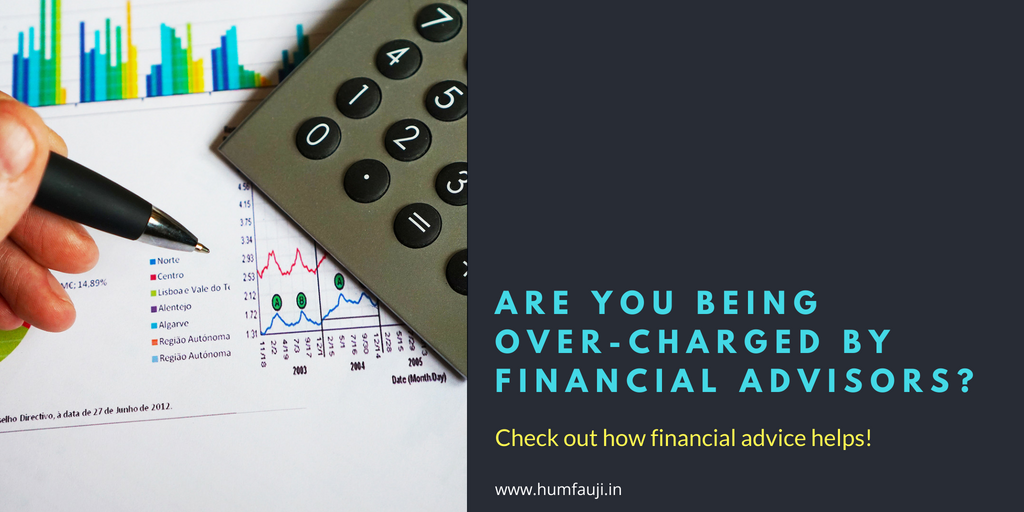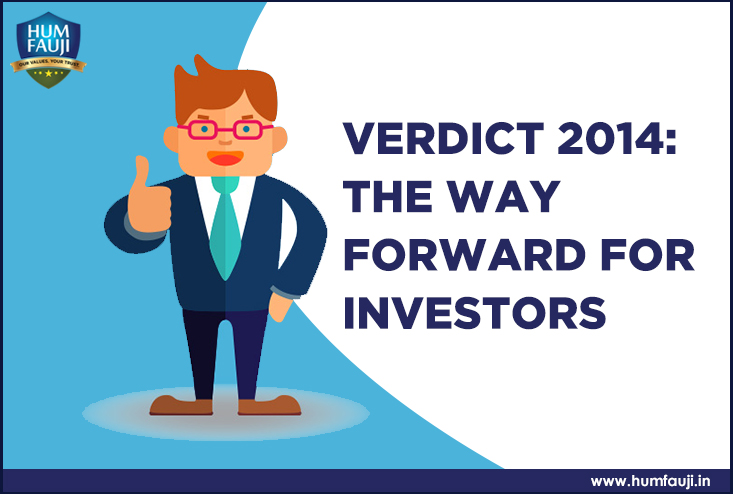What would you save by going DIY way?
To put it in money perspective, let us see what would you save if you were to do it all by yourself or by following the tips that keep coming in print, TV channels, SMS and the social media groups.
Say you invest Rs 10 Lakhs initially and a SIP of Rs 10,000 per month in an equity MF. Since you’re doing it yourself, you do not have to pay those 1% extra charges to a mutual fund distributor (MFD) as commission or a SEBI Registered Investment Advisor (RIA) as fees. Assuming an average annualised growth of 12% in your portfolio over the long term, you would save approximately Rs 3.04 Lakhs of commission/fees in 10 years, Rs 7.17 Lakhs in 15 years and Rs 14.86 Lakhs in 20 years in commission/fee.
During this period, you would’ve made a profit of Rs 32.6 Lakhs, 76.8 Lakh and 1.59 Crores respectively. Thus, the fees paid out to the advisor amounts to about 9.33% of your profits.
Please note that this is a very simplistic, straightforward model depicted for the sake of clarity in this article.
What also would’ve happened in those long years?
Going by the past trends, the following too would’ve taken place in those 10-20 years:-
1) During this period, for more than 90% of the trading days, Sensex would’ve traded:
- Below 10% of its peak more than half the time.
- Below 20% of the peak 30% of the time.
- Below 30% of the peak 17% of the time.
2) Temporary Market Declines of 30% – 60% (whoa!!) would have occurred once every 7-10 years.
3) Every 10 years would’ve seen 1 or 2 sharp declines of more than 30%.
(Source: Funds India)
When a Profit of Rs 76.8 Lakhs dwindles to say, Rs 30-40 Lakhs, or if the decline happens when one has just invested and the principal investment itself has gone down from Rs 10 Lakhs to 5-6 Lakhs, it is difficult to continue with all-will-be-well spirit for most investors.The normal response of almost all the DIY investors is to take the earliest exit and either vow never to get into equities ever again or promise own self to get in when markets start going up again. Latter is what has happened in the markets for most investors since mid-Jan 2022 when markets have trended down or been too volatile after a stellar 21 months’ run up.
What do you lose if you stay out of the markets for a few days?
- If you miss just 5 best days in those 17 years, your CAGR (Compounded Annual Growth Rate) reduces by 3%. Over a period of 2005 till beginning-2022, it meant overall average annualised returns reduced from 14.4% to 11.5%.
- Missing 10 best days further brought it down by another about 2% to 9.6%.
- Missing just 30 best days in 17 years, hold your breath, brought it down by a total of 11% to just 3.3%.
- Missing 50 best days in 17 years meant your returns would be down to a NEGATIVE 1.1%.
And remember, many of these best days could happen in the middle of a market crash too!
In the meantime, what would you be thinking as an investor?
- This time it’s different – markets will not recover from this crash for a long time. Better to get out.
- This time it’s different – markets are at All-time Highs (ATH), they will surely go down from here big time. Better to get out.
- Markets are going down. Better to get out now and I will get back in when they are low enough.
- Markets are high. Everybody is saying they will go down now. I will get in at lower prices – let me take out my profits. Better to get out.
It is well known that most of the retail investors rarely ever make long-term wealth in stock markets. It has nothing to do with their ability or inability to pick the right stocks or MFs. The problem lies in their emotional, jerky responses to adverse situations which an experienced investor or advisor sees as an opportunity.
Every crisis in the past has been followed by a recovery and most such recoveries have taken the markets typically higher than before the crisis.
But ‘dil hai ke manta nahin’!
The emotional backlash and the fear of being on the verge of losing hard-earned money overpowers every other emotion and logic as past statistics indicate.
There’s also a feeling that ‘I can always get out now and enter the markets once it has reached the bottom…’. Everybody knows that nobody is ever able to do this timing, irrespective of how easy or logical it may sound when the emotions are asking you to take this decision. So, the only logical path is to stay put …. but still most people cannot stay put.
This article is not for educating you about the role of an advisor or her utility to you. It is more about analysing your own behaviour – what would you do if situations like March 2020 come up again?
If you are steel-willed – and a few retail investors are of this variety – you could be fit for being a Do-it-Yourself (DIY) investor. Throw in knowing the importance of correct asset allocation and how to do it, logically analysing data to come to financial investment conclusions, having control over your emotions, monitoring, and rebalancing portfolio if required and lastly, also realising that sometimes doing nothing could be a great strategy too!
And some Commandments for a DIY Investor…
Also remember the following points when you’re finally making the decision of going or not going ahead with being a DIY investor:-
- If you go in for passive investments like Index Funds or ETFs, remember they still are 100% equity products and will face the very same market volatility as the markets themselves. Many new investors have started looking at Index funds as the ‘safe’ funds to invest because of mis-directed media noises and Whatsapp group conversations!
- As the time passes, more and more sophisticated (read, complex) passive products will come into the markets. Analysing them and making a portfolio using them would turn out to be as difficult a task as with current mutual funds (MFs) or stocks, if not more. Marketing pitches could seriously sway final decisions.
- ‘Passive is all good and Active is all bad’ is a wrong notion to have. Typically Index ETFs and MFs have given a very good competition to the Large Cap MFs and stock portfolios in the recent years. The reason primarily is the large domestic and foreign institutional buying in big capitalisation stocks, and subsequently the Index ETF and MFs momentum which got generated as a consequence of this.
However, the above has not been reflected in India in mid and small cap stocks and funds yet since the universe of stocks is much larger and more diverse where individual stock analysis has been the winner so far. Also, due to their low capitalisation, such stocks do not offer a viable-enough play to institutional purchases.
So, what is our final take?
- If you can manage all the nuances associated with managing a portfolio as also your emotions, you could be a person who should be a DIY investor.
- If you are going to depend on others’ help (aka tips) to do investments, not familiar with the concept of asset allocation, monitoring, or rebalancing as also not sure of your emotions if the worst happens in the markets, have a rethink. Remember, it doesn’t matter how fast are you going if you’re in the wrong train!!
- Also, if you decide to be a DIY investor in Mutual Funds, be careful and check if you’re investing through a genuine direct platform. Eg, platforms like ICICI Direct, HDFC Securities, other banks trading platforms and many other online platforms are all giving Regular plans of MFs, though it may seem to you otherwise. So, while you’re being charged the same commission as with a financial advisor, there is no customised advice available to you. You’d be better off switching to a financial advisor where you pay no additional charges but have customised advice available as suiting to your needs and portfolio, and you have a real person to talk to, hand-hold, discuss and of course, hold accountable.
Also read: Are you really financially free?













Leave a Reply